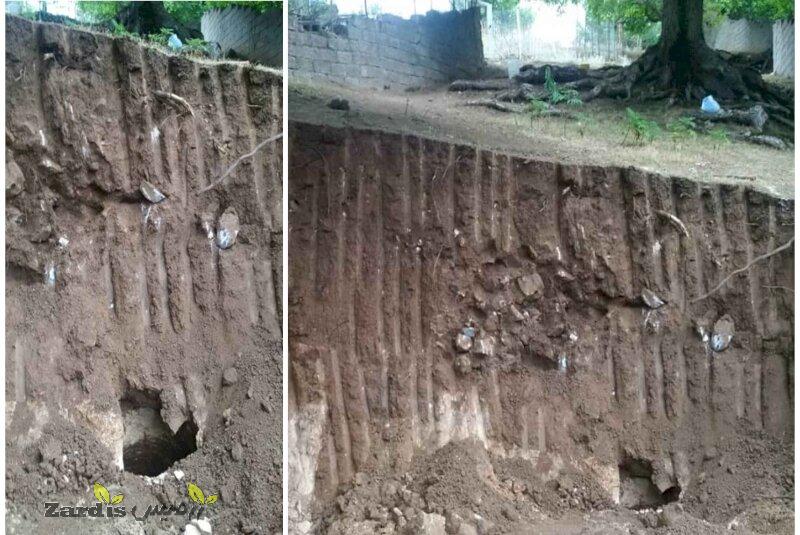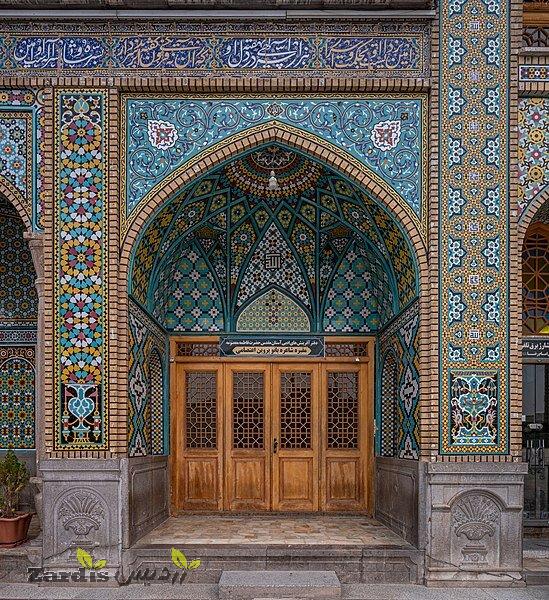TEHRAN – Remnants of a rocky structure, which is thought to probably be carved by ancient troglodytes, have been discovered in northern Iran.
The structure was accidentally unearthed during a grading and site preparation in Rudbar county of Gilan province, deputy provincial tourism chief Vali Jahani announced on Wednesday, CHTN reported.
“The finding, according to cultural heritage experts, is most likely a troglodytic structure based on initial archaeological surveys conducted by the means of digging some trenches,” the official said.
Up to the moment, five troglodyte structures have been discovered across the province, the length of some of which reaches up to 500 meters, he explained.
Gilan is well-known for its rich Iron Age cemeteries such as Marlik that have been excavated over the past century. It was once within the sphere of influence of the successive Achaemenian, Seleucid, Parthian, and Sassanid empires that ruled Iran until the 7th century CE. The subsequent Arab conquest of Iran led to the rise of many local dynasties, and Gilan acquired an independent status that continued until 1567.
Sophisticated Rasht, capital of Gilan province, has long been a weekend escape for residents of Tehran who are looking to sample the famous local cuisine and hoping for some pluvial action – it’s the largest, and wettest town in the northern region. Gilan is divided into a coastal plain including the large delta of Sefid Rud and adjacent parts of the Alborz mountain range.
AFM
Zardis news | The latest news of Iran and the world
تمامی حقوق مطالب برای "Zardis news"محفوظ است و هرگونه کپی برداری بدون ذکر منبع ممنوع می باشد.
طبق ماده 12 فصل سوم قانون جرائم رایانه ای کپی برداری از قالب و محتوا پیگرد قانونی خواهد داشت.







